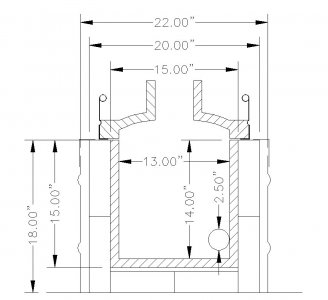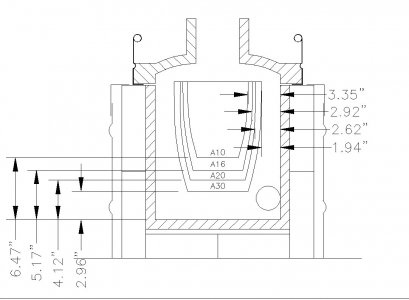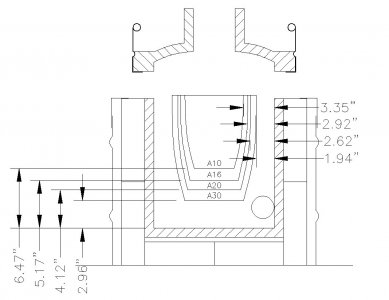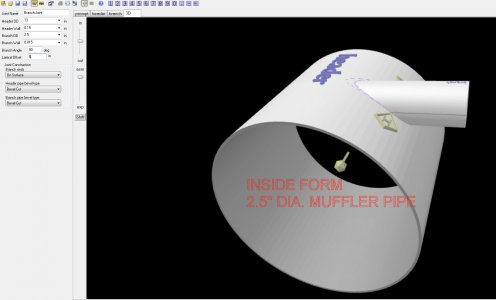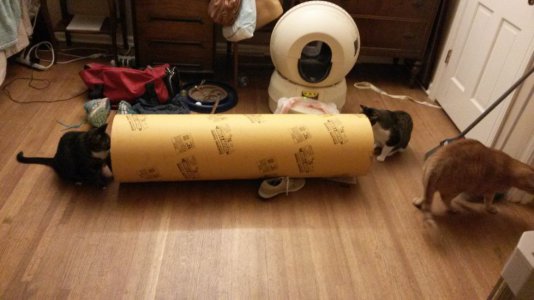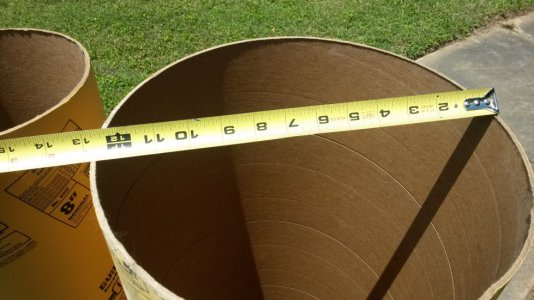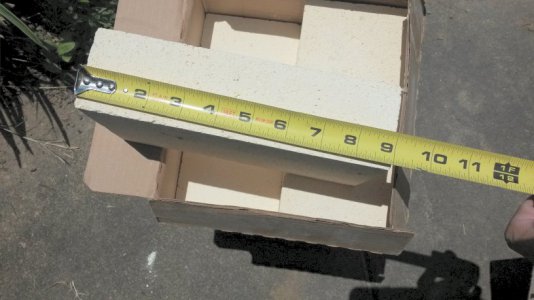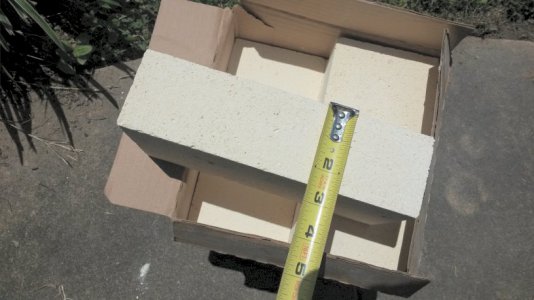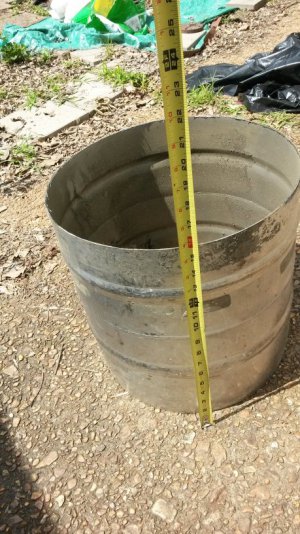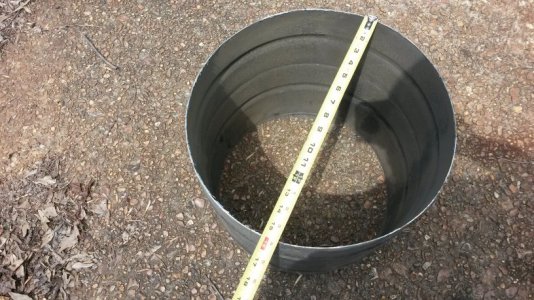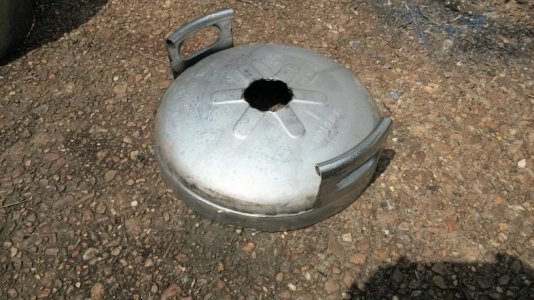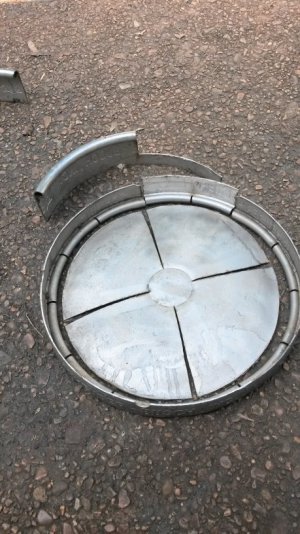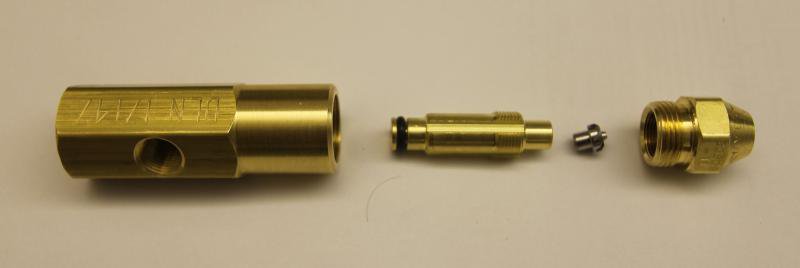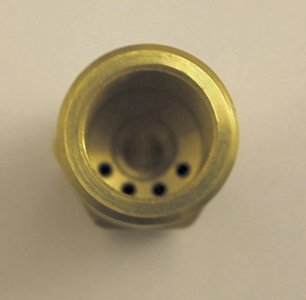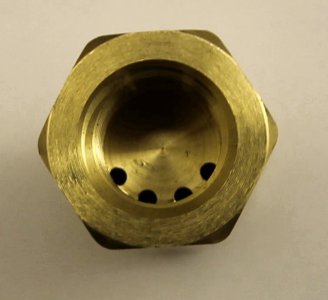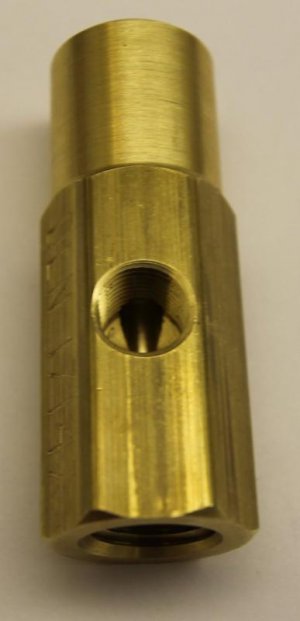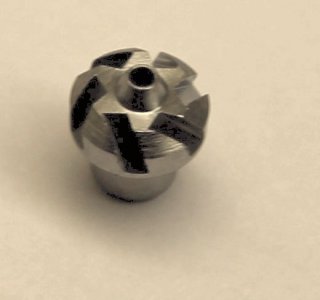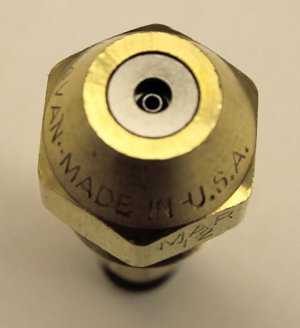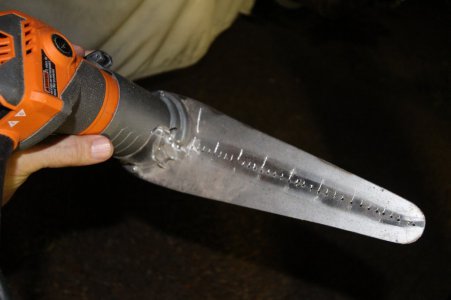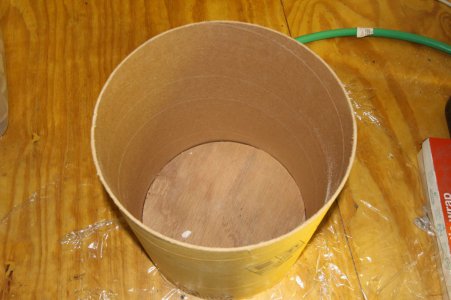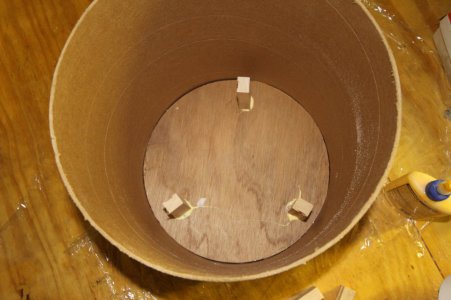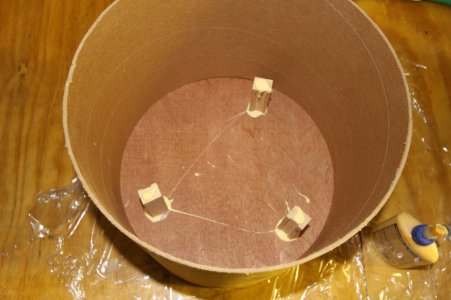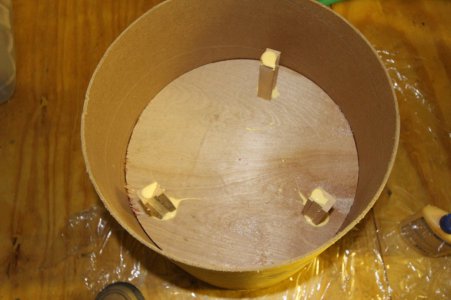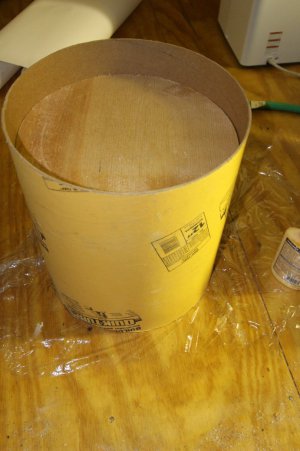- Joined
- Jun 21, 2022
- Messages
- 84
I got interested in making a foundry and casting some aluminum, after seeing a few articles about it in the model engine magazines.
When I decided to build the green twin, I did not initially consider trying to cast any parts in gray iron because I did not think it was possible in a backyard setting.
I did an internet search, and there was an individual who was melting iron with an oil-fired burner, and so that is when I decided I had to learn how to do that, with the confidence that it could be done, and was being done in a backyard setting.
I am told that he is certainly not the first to melt iron on a hobby level, but this was the first time I had seen it anywhere online.
.
When I decided to build the green twin, I did not initially consider trying to cast any parts in gray iron because I did not think it was possible in a backyard setting.
I did an internet search, and there was an individual who was melting iron with an oil-fired burner, and so that is when I decided I had to learn how to do that, with the confidence that it could be done, and was being done in a backyard setting.
I am told that he is certainly not the first to melt iron on a hobby level, but this was the first time I had seen it anywhere online.
.

